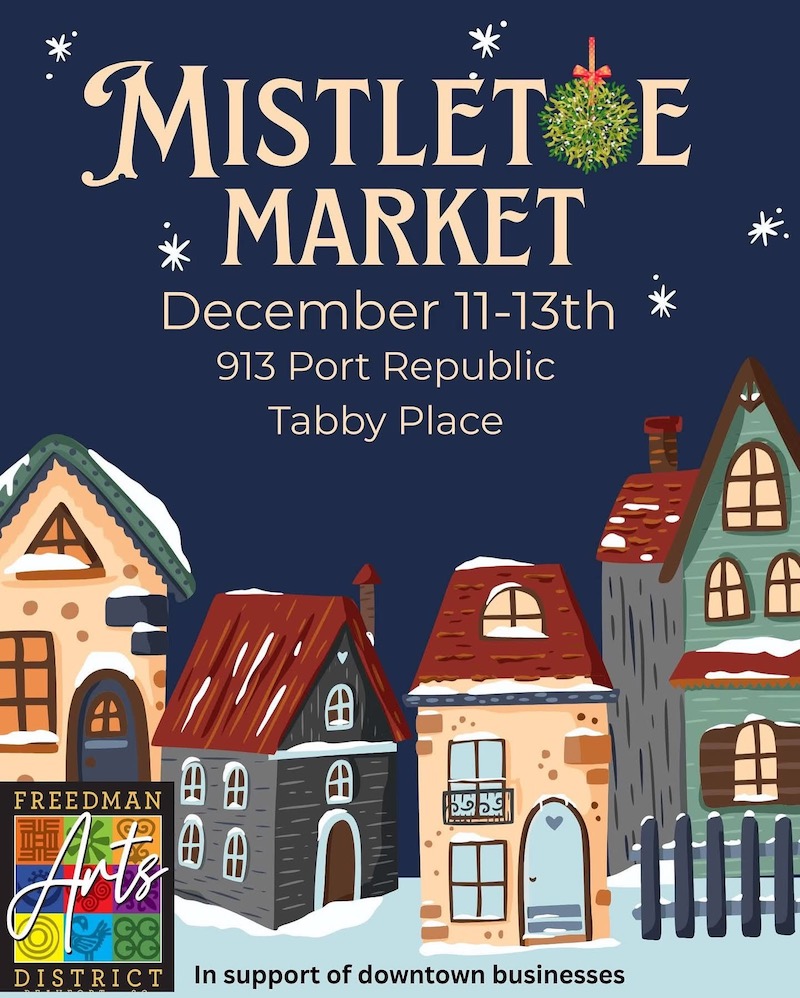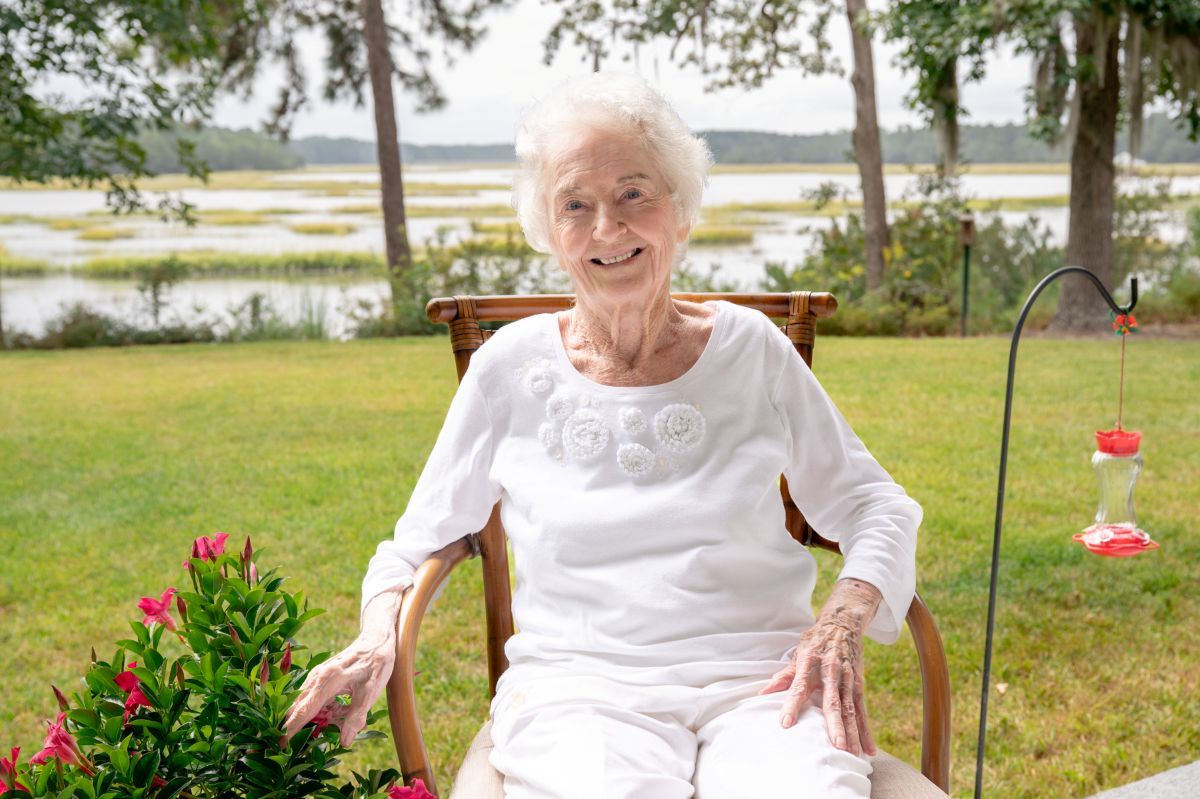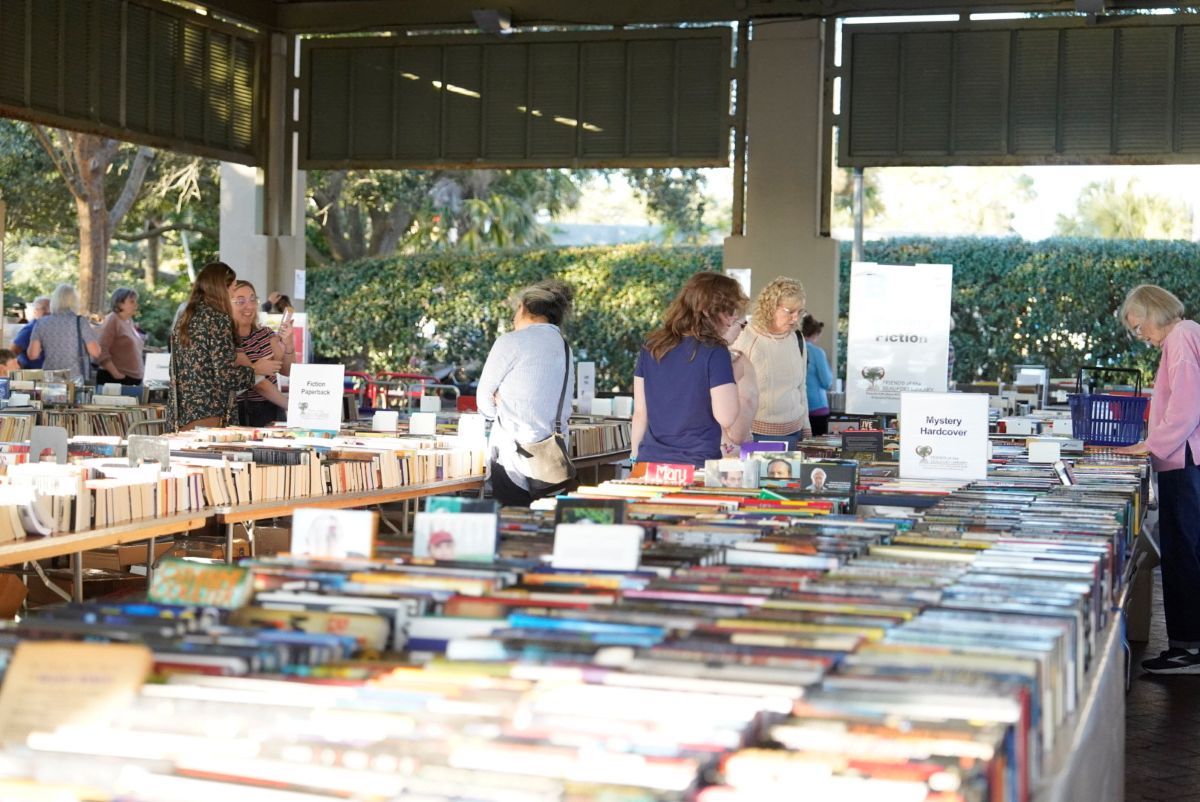By Pamela Brownstein
When CNN’s Emmy Award-winning series “United Shades of America with W. Kamau Bell” airs on Sunday, May 13, residents of Beaufort and the Sea Islands are likely to recognize many people and places.
That’s because the episode focuses on the Gullah Geechee people in South Carolina and features the host visiting St. Helena Island to experience the Gullah Heritage festival and learn about the culture.
“For people who live in the area, they might already know a lot of what the show talks about,” Kamau said during a recent phone interview. “But most people across the country aren’t aware about the Gullah Geechee culture.”
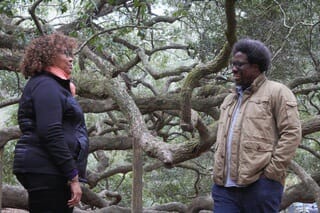
He admits that he was one of those people, and even though it was his first time in the Lowcountry, his show does a quality job of authentically representing the Gullah culture through food, language, heritage — while also delving into the history of slavery and the issues that threaten the Gullah way of life today.
Now in its third season, “United Shades of America with W. Kamau Bell” is an eight-episode docuseries that follows sociopolitical comedian W. Kamau Bell as he explores communities across the country, using humor to start a conversation about race and how our differences unite and divide us.
Kamau said the episode about Gullah Geechee is the one he is most excited about this season. “I think it’s going to open a lot of eyes,” he said.
The episode opens with him in front of a Praise House on St. Helena Island. “Everybody these days is talking about how divided our country is — black vs. white, Starks vs. Lanesters. So in this episode of the United Shades of America, we’re going to talk to the Gullah Geechee people of South Carolina. People who learned a long time ago that when you come together, not only do you survive, but you thrive.”
He visits Penn Center and talks with familiar faces in the community such as Anita Praither-Singleton, “Aunt Pearlie Sue,” who sends her message to young people to still have hope. And also Victoria Smalls about her work helping to bring the Gullah language back. He listens to traditional ring shouters, who show how music preserves and educates about the past, and even the origins of the song “Kum by ya.”
He meets with Michael Moore, the great-great grandson of Robert Smalls, about the significance of Gasdsen’s Wharf, the future site of the International African American Museum in Charleston.
He goes to the 400-year-old Angel Oak on John’s Island with filmmaker Julie Dash, and has a traditional Gullah Crab Crack with her family.
During an interview with Gullah sweetgrass basket weavers Carlene Habersham and Corey Alston at Charleston’s City Market, a woman comes up and asks Kamau how much the baskets cost. He jokes around, but when he gets the price wrong, the lady tells him, “You suck.”
“That’s the difference between our show and others, we leave those moments in,” he said with a laugh, recalling the incident incredulously.
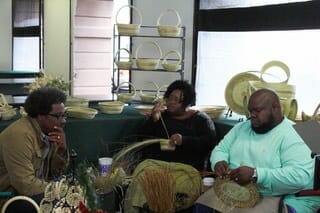
Kamau said one of the most interesting things he learned while filming the episode was “the fact that the community is black because white people left, Gullah Geechee were able to keep a lot of traditions alive, and that’s something that hasn’t happened for black people in other parts of the country.”
The theme of this season, and this episode in particular, is to dispel the myth that black people are a monolith and they are the same across the country. “But this is a part of black American culture that most people don’t know about, the Gullah Geechee are doing it their own way. Keeping the culture and heritage alive even in the face of development,” he said.
He reiterates this at the end of the show: “The Gullah people prove yet again that black people are not one thing.”
So tune into “United Shades of America with W. Kamau Bell” on CNN on Sunday, May 13, at 10 p.m. to see the local culture represented on the national level, and realize how fortunate we are to call this unique part of the country home.


